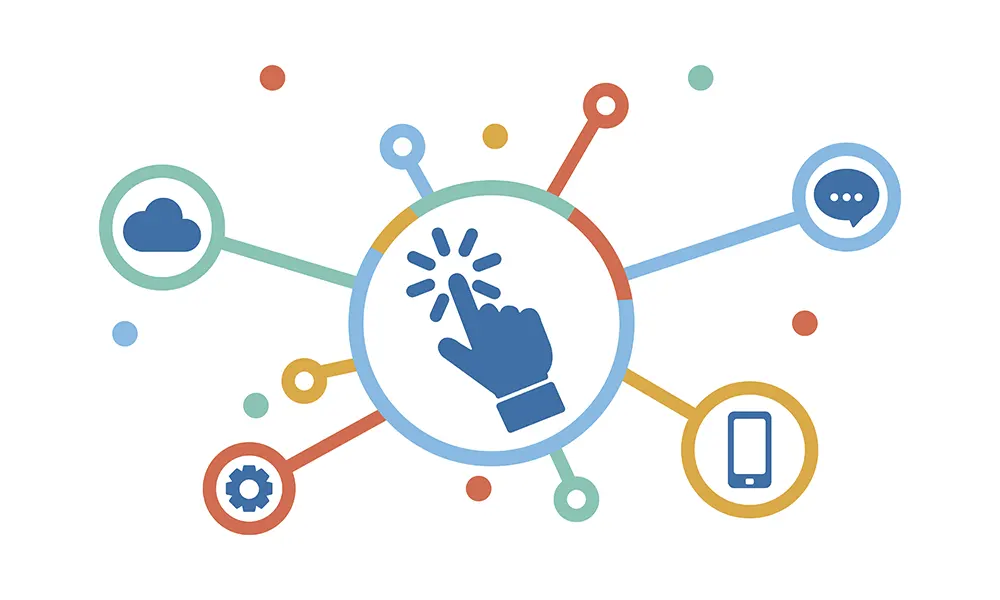The Evolution of Contact Centre Technology: Preparing for 2025 and Beyond

A Technological Crossroads
Contact centres in 2025 stand at a pivotal juncture, where technological advancements promise to redefine operations while persistent challenges demand innovative solutions. With voice interactions accounting for over 60% of inbound contacts and hybrid work becoming the norm, the pressure is on for technology to evolve and meet rising demands. This article explores the trajectory of contact centre technology, focusing on artificial intelligence (AI), omnichannel integration, legacy system upgrades, and strategic planning, offering a roadmap for organizations preparing for the future.
AI: From Automation to Autonomous Intelligence
AI is undergoing a transformative evolution, moving beyond basic automation to sophisticated, autonomous applications. Autonomous conversational agents are emerging as a game-changer, capable of managing entire customer interactions without human intervention. Unlike traditional chatbots, these advanced tools leverage expansive knowledge bases to resolve complex queries, reducing contact volumes and enhancing efficiency. For instance, they can address routine inquiries—such as order status checks—before they escalate to human agents, aligning with the 87% of customers who prioritize speed in service.
AI’s impact extends to agent-facing systems, where it consolidates historical interaction data into real-time guidance, shortening handle times and improving resolution rates. In workforce management (WFM), AI refines forecasting by smoothing trends, though human oversight remains critical for interpreting anomalies. This dual role underscores AI’s versatility: amplifying operational capacity while preserving the human touch essential for nuanced, empathetic service.

Omnichannel Integration: Seamless Experiences Across Platforms
Omnichannel integration remains a critical frontier for contact centres, as customers increasingly expect seamless transitions across voice, digital, and self-service platforms. However, many current systems suffer from fragmentation—disparate tools and siloed data—that hinder consistent service delivery.
By 2025, unified platforms that consolidate routing, reporting, and analytics across channels will be indispensable. These integrated systems eliminate the need for agents to manually bridge gaps between channels, ensuring a cohesive customer experience that meets rising expectations. Organizations adopting this approach report tangible benefits, including improved service levels, reduced wait times, and fewer escalations. Furthermore, integrated analytics provide a holistic view of performance, enabling data-driven adjustments that enhance scalability and responsiveness.
Legacy System Upgrades: A Foundation for Innovation
Legacy systems, often outdated and inflexible, pose both a challenge and an opportunity for contact centres. Many organizations still rely on on-premise solutions that limit the potential of AI and omnichannel capabilities. However, the tide is turning as capital investments in cloud-based systems gain momentum, driven by their rapid cost-benefit realization.
Cloud platforms facilitate real-time data access, a critical feature for agents navigating hybrid work environments. Yet, simply migrating old processes to new systems risks perpetuating inefficiencies. A reimagined approach is essential. For example, cloud-based solutions enable dynamic scheduling and AI-driven self-service, reducing operational friction. Centres that embrace these capabilities are better positioned to handle peak volumes and integrate emerging technologies seamlessly.
Strategic Planning: Charting the Course for Long-Term Success
Strategic technology planning is the linchpin of this evolution, requiring organizations to adopt a three-to-five-year vision to avoid reactive, piecemeal adoption. This involves aligning AI deployments—such as autonomous agents—and omnichannel enhancements with organizational priorities, whether cost reduction, service enhancement, or scalability.
Engaging stakeholders—agents, IT teams, and leadership—is crucial to ensure solutions address real-world needs. Agents, for instance, can identify customer pain points like slow IVR navigation, informing targeted upgrades, while IT ensures technical alignment. A deliberate, phased approach prevents costly missteps, such as deploying AI without adequate training data, which could degrade service quality. Moreover, strategic planning must anticipate future demands, such as integrating Internet of Things (IoT) devices, which are projected to handle one in five interactions by 2026.
Conclusion: Embracing the Future with Proactive Preparation
The technological evolution of 2025 demands proactive preparation from contact centres. AI’s advanced capabilities—autonomous agents and agent support—unlock unprecedented efficiencies, while omnichannel integration ensures a seamless customer journey. Upgrading legacy systems provides the foundation for these advancements, and strategic planning ties them to long-term organizational goals.
By embracing this roadmap, contact centres can transform challenges into strengths, positioning themselves for a future defined by adaptability, operational excellence, and customer-centric innovation.
Sources:
- “Moving Forward: What Will 2025 Bring for Contact Centres?,” January 2025
- “New Year, Evolved Challenges, Compelling Priorities,” January 2025
- “Predictions for the U.S. Contact Centre Industry in 2025,” January 2025
- “2025 Trends in WFM,” January 2025

